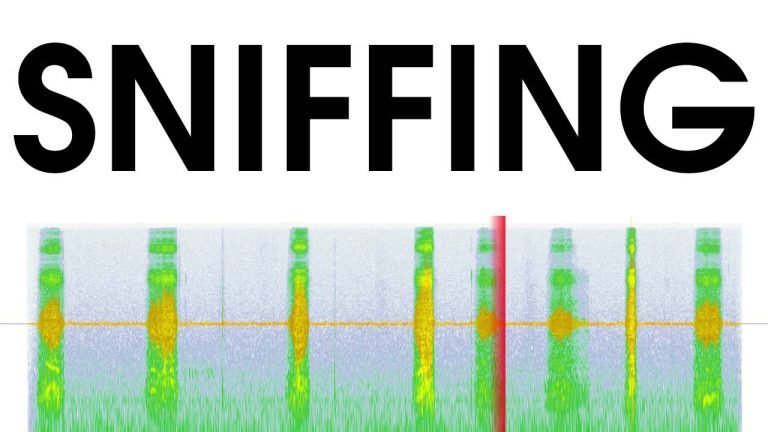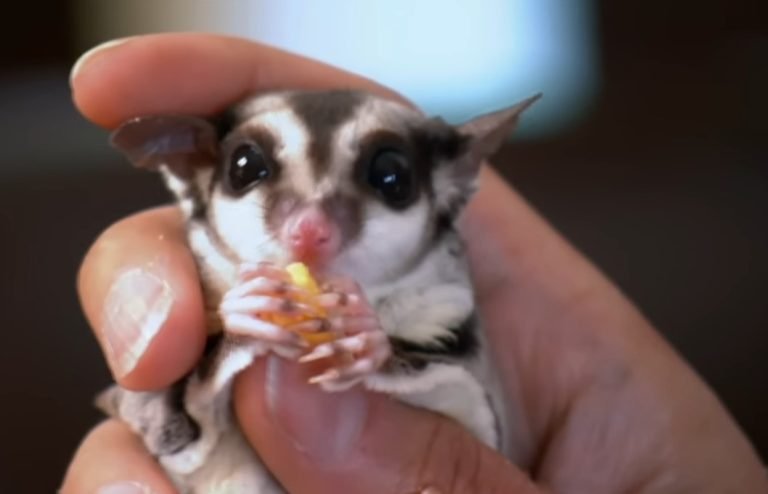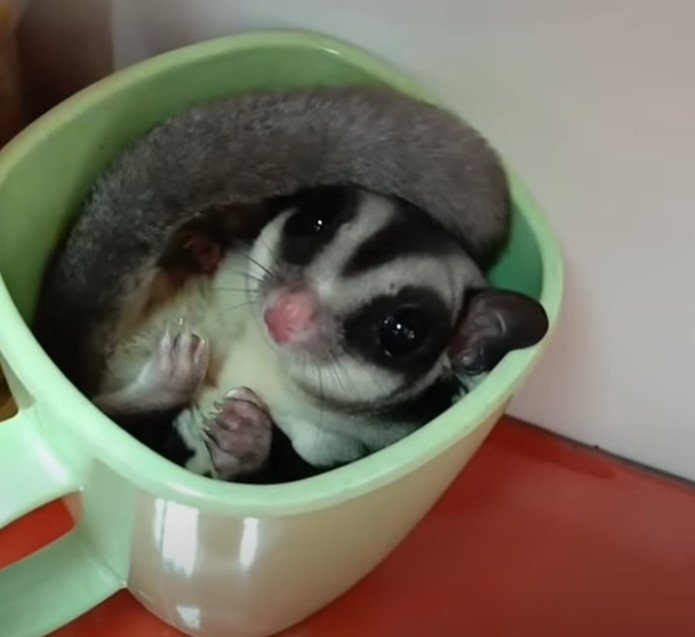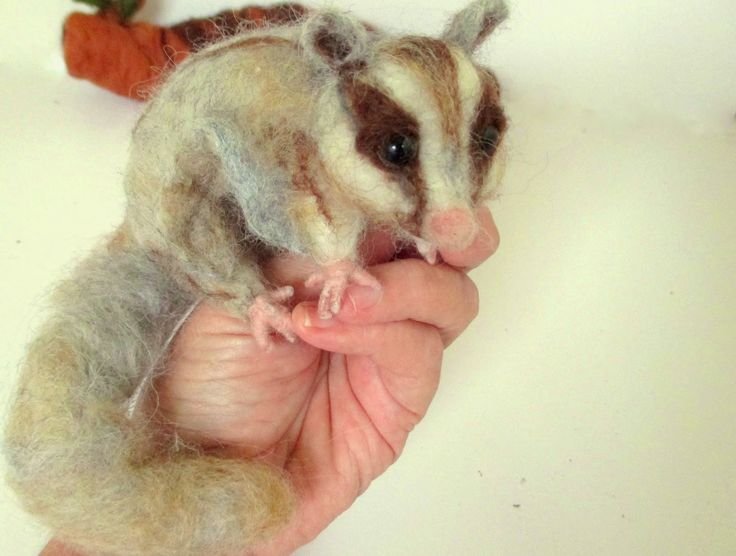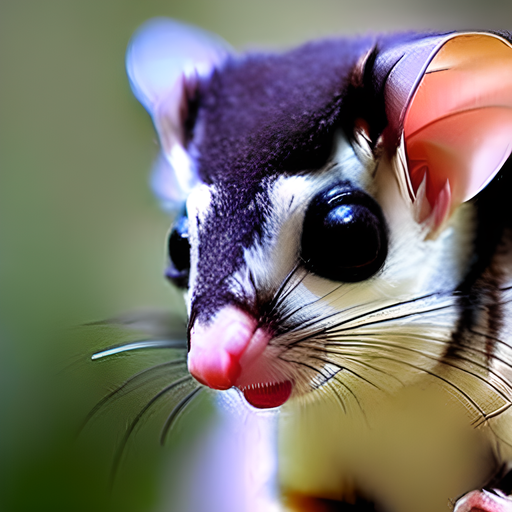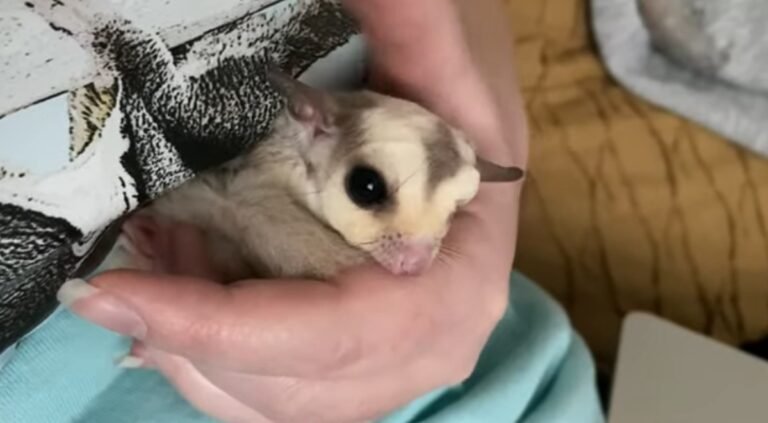Sugar Glider Indiana
The Sugar Glider in Indiana: A Guide to Caring for these Adorable Marsupials
If you’re considering becoming a sugar glider owner in Indiana, you might have a few questions about these adorable creatures. Sugar gliders are small, nocturnal marsupials native to Australia, but they have gained popularity as exotic pets all around the world. In this article, we will explore everything you need to know about sugar gliders in Indiana, from where to find them to how to care for them properly. So let’s dive right in!
What are sugar gliders?
Sugar gliders, scientifically known as Petaurus breviceps, are small, tree-dwelling marsupials known for their ability to glide through the air using flaps of skin between their limbs. They are social animals that are known for their playful and curious nature. Sugar gliders have a lifespan of 12 to 15 years when properly cared for, so they require a long-term commitment from their owners.

Is it legal to own a sugar glider in Indiana?
Yes, it is legal to own a sugar glider in Indiana. However, it is essential to check your local regulations and ordinances as there might be specific requirements or restrictions on owning exotic pets. It is always best to be informed about the local laws and regulations concerning pet ownership to avoid any legal issues.
Where can I find a sugar glider in Indiana?
When looking for a sugar glider in Indiana, it is crucial to find a reputable breeder or rescue organization. Buying from a licensed breeder ensures that you are getting a healthy and properly socialized sugar glider. You can also consider adopting a sugar glider from a rescue organization, which gives a second chance to gliders in need of a loving home.
Setting up the perfect habitat
Creating the ideal habitat for your sugar glider is crucial to their overall well-being. Here are some key factors to consider when setting up their enclosure:
1. Cage: Sugar gliders need a spacious cage that is at least 24x24x36 inches in size. The bars of the cage should be no more than half an inch apart to prevent the glider from escaping.
2. Bedding: Provide a safe and comfortable bedding material, such as shredded paper or fleece, at the bottom of the cage.
3. Toys and Accessories: Sugar gliders are highly active animals and require plenty of toys and accessories to keep them mentally and physically stimulated. Add items like climbing branches, ladders, and hammocks for them to explore and play.
4. Diet: A well-balanced diet is essential for the health of your sugar glider. Provide a mix of fresh fruits, vegetables, protein sources like cooked eggs or mealworms, and a specialized sugar glider pellet diet.
Building a bond with your sugar glider
Sugar gliders are known for their social nature and strong bond with their owners. Here are some tips to help you build a strong connection with your sugar glider:
Spend quality time together: Provide daily interaction and bonding time by allowing your sugar glider to crawl on you or sit in a bonding pouch while you go about your day.
Offer treats: Sugar gliders have a sweet tooth and enjoy treats like honey, small pieces of fruit, or yogurt drops. Use these treats as a way to reward and bond with your glider.
Provide a safe environment: Create a safe and secure space for your sugar glider to explore and play outside of their cage. This can be achieved using a glider-proofed room or a playpen.
Common health issues and care
Sugar gliders require specialized care to ensure their health and well-being. Here are some common health issues to be aware of:
1. Nutritional deficiencies: Sugar gliders have specific dietary requirements, and a poor diet can lead to nutritional deficiencies. Consult with a veterinarian that specializes in exotic animals to ensure you are providing the right balance of nutrients.
2. Obesity: Overfeeding sugary treats or an imbalanced diet can lead to obesity in sugar gliders. Monitor their diet and provide a healthy balance of foods to prevent weight gain.
3. Dental problems: Sugar gliders have unique dental needs. Regularly check their teeth for any signs of overgrowth or dental issues, and provide appropriate chew toys to help keep their teeth in good condition.
4. Stress-related behaviors: Sugar gliders are prone to stress-related behaviors like self-mutilation or excessive grooming. Ensure they have a stimulating environment and plenty of social interaction to minimize stress.
Frequently Asked Questions
1: Are sugar gliders legal to own as pets in Indiana?
Yes, it is legal to own sugar gliders as pets in Indiana. However, it is always advisable to check your local regulations and ordinances to ensure compliance.
2: How much do sugar gliders cost in Indiana?
The cost of a sugar glider can vary depending on factors such as age, lineage, and breeder. On average, sugar gliders can range from $200 to $500 in Indiana.
3: How long do sugar gliders live in captivity?
With proper care and nutrition, sugar gliders can live up to 12 to 15 years in captivity.
4: Do sugar gliders require any special permits or licenses in Indiana?
No special permits or licenses are required to own a sugar glider in Indiana.
Final Thoughts
Owning a sugar glider in Indiana can be a rewarding experience for the right person or family. These unique creatures require time, commitment, and specialized care to thrive in captivity. By understanding their needs and providing a suitable habitat, a well-balanced diet, and plenty of social interaction, you can ensure a happy and healthy life for your sugar glider companion. Remember to consult with a veterinarian specializing in exotic animals for any specific concerns or questions you may have along the way. Now, are you ready to embark on this adventure of sugar glider ownership in Indiana? Get ready for lots of love, laughter, and gliding!


